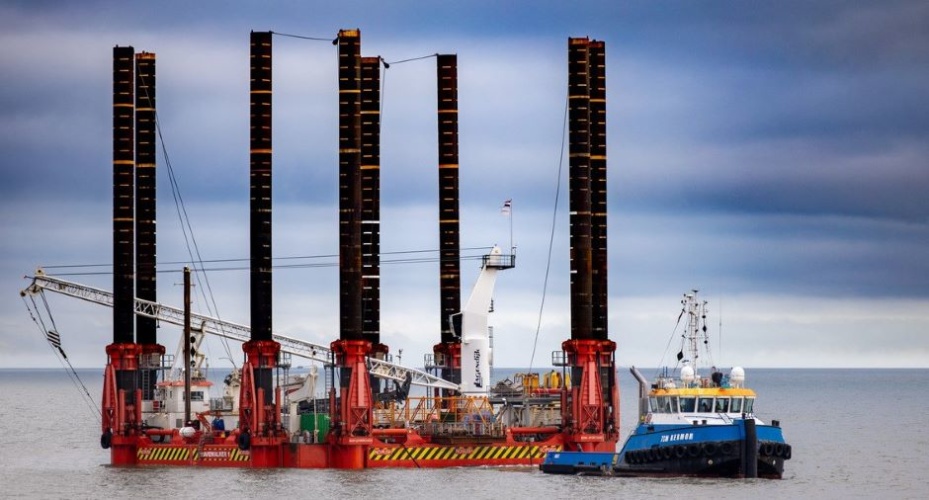Construction of the £80m upgrade, which began on November 10, 2020, will take around two years to complete and will add further resilience to a section of railway that was devastated by a storm in 2014. The first section of the new Dawlish sea wall was formally opened in September, 2020.
Achilles project aims for added infrastructure resilience
According to Network Rail, the section from Dawlish station to the Coastguard breakwater east of the station is expected to be completed in late 2021, whilst the section between the station and the Colonnade breakwater, which will link up the new wall at Marine Parade, will start to be built shortly after.

A major aspect of this work involves the use of a WaveWalker, which is an eight-legged, self-contained walking jack-up barge. The WaveWalker is only one of its kind in Europeand it will be the first time this type of barge has been used to maintain the UK rail network.
BAM Nuttall will use WaveWalker to access the sea face of the railway embankment along Marine Parade and help deliver the piling at the sea wall.
Huw Jones, Divisional Director Rail, BAM Nuttall said: “The railway in Dawlish is uniquely positioned, leaving it enormously exposed to the worst weather that the English Channel can produce. Working in this environment requires imaginative solutions and innovative thinking and our use of the WaveWalker is a great example of that.”
“The jack-up barge allows us to work safely on the foundations of a new sea-wall on a 24-7 basis, regardless of tides. Using the WaveWalker to deliver this phase of work means we can complete the work more cost effectively, allowing us to minimise impact on passengers whilst significantly reducing the time that this work impacts the local community.”
Once complete the 415m section of new sea wall will be higher than the existing wall; have a curved edge to send waves back towards the sea; have a high-level, wider and safer promenade; pedestrian access to the beach and an accessible station footbridge with lifts.




April 1886: the Brunkebergs tunnel
First ever example of a ground source heat pump?